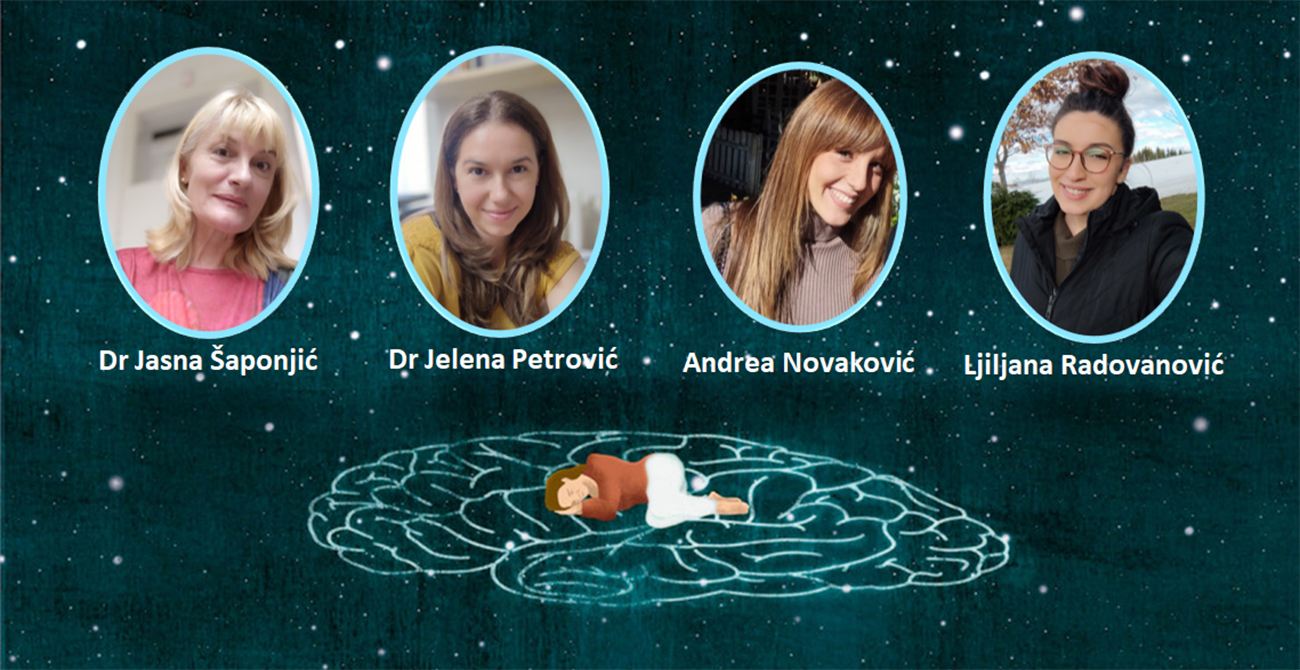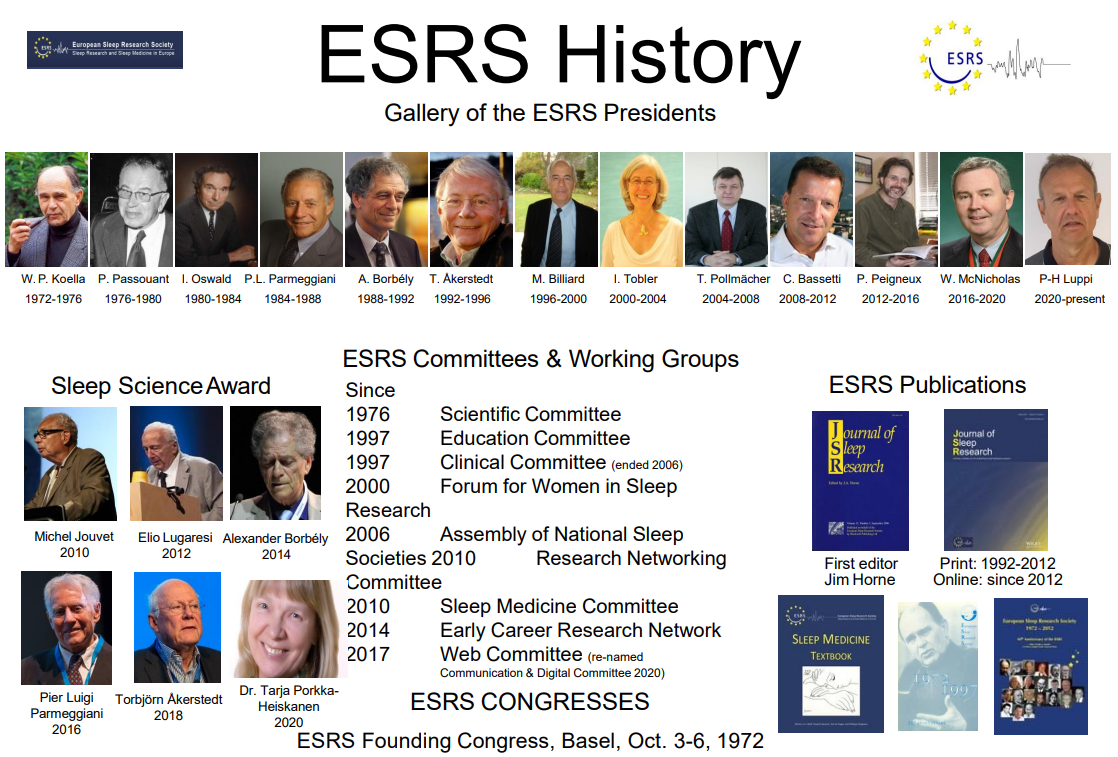- MEMBERSHIP
- EDUCATION & EVENTS
- PUBLICATIONS
- SCIENCE & RESEARCH
Science & Research Offers
Previous slideNext slide - ABOUT US
About ESRS
Organisations
Media and Press
Neurobiology of Sleep Lab - University of Belgrade

Neurobiology of Sleep Lab
CURRENT ANNOUNCEMENTS:
Our current research focuses on the neurobiology of sleep and sleep-related breathing in the animal models “in vivo” of healthy aging and neuropathology of the most common neurodegenerative diseases of elderly (Alzheimer’s Disease (AD), Parkinson’s Disease (PD), different types of dementia), aimed to give a new insight into understanding of normal and abnormal sleep, the mechanisms of sleep related behavioural disorders, particularly sleep apnea syndrome, and to identify the neural networks responsible for modifying the regulation of sleep and breathing pattern in different sleep/wake states.
Since underlying pathology of AD and PD involves the selective loss of specific neuronal population, an important role of the cholinergic system in their etiology, and the ascending pattern of neurodegeneration progression, from REM sleep-related brainstem regulatory structures to basal areas of the brain, in our research we use the rat models of unilateral or bilateral lesion of the nucleus basalis (NB; the main cortical cholinergic nucleus), and nucleus pedunculopontine tegmentum, (PPT; the main cholinergic nucleus of the brainstem – pons) as the experimental models of brain functionally distinct cholinergic neuropathology.
We follow the severity and progression of disorder caused by neurodegenerative process by electroencephalography (EEG) and electromyography (EMG): by the changes of sleep/wake states and NREM/REM cycling, EEG rhythms or EEG oscillations. We correlate all changes within EEG with the changes in breathing pattern using the methods of linear and nonlinear analysis to estimate the onset, progression, and severity of the disorder. We believe that EEG potentially presents a rich source of still unrevealed information related to functional, physiological, and pathological status of the brain. Developing the new methods for EEG processing and modelling will significantly contribute in understanding the mechanisms of sleep regulation, detection of disease related sleep and sleep-related breathing disorders, and in estimation of the neurodegenerative disease progression.
Complementary studies in the animal models of human neurodegenerative pathology will highly enrich the development of practical, sensitive and reliable methodology for early detection of the sleep behavioural disordered patients, who are at risk for developing Alzheimer’s and Parkinson’s Disease, or for the prevention and alteration of approaches for therapy.
https://pubmed.ncbi.nlm.nih.gov/?term=Saponjic+J
COLLABORATIONS:


